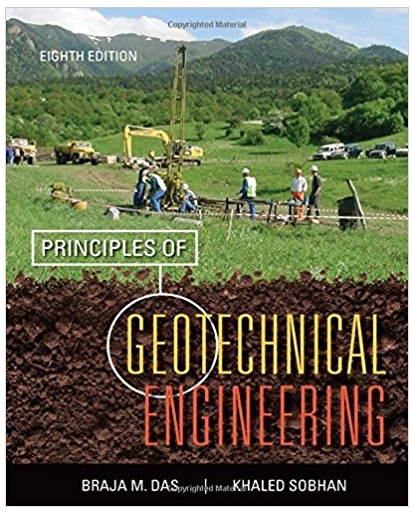Foundation engineers are often challenged by the existence of soft compressible soils at the construction site. Figure
Question:
-1.png)
a. Estimate the total consolidation settlement under the action of the fill load. Consider both the clay and peat layers to be normally consolidated.
b. Estimate the time for 99% primary consolidation in each layer. Are the layers singly or doubly drained? Explain.
c. Estimate the secondary compression in each layer.
d. What will be the total settlement after 2 years?
e. Determine the effective stress at point A three months after the application of the fill load.
-2.png)
Fantastic news! We've Found the answer you've been seeking!
Step by Step Answer:
Related Book For 

Question Posted:





